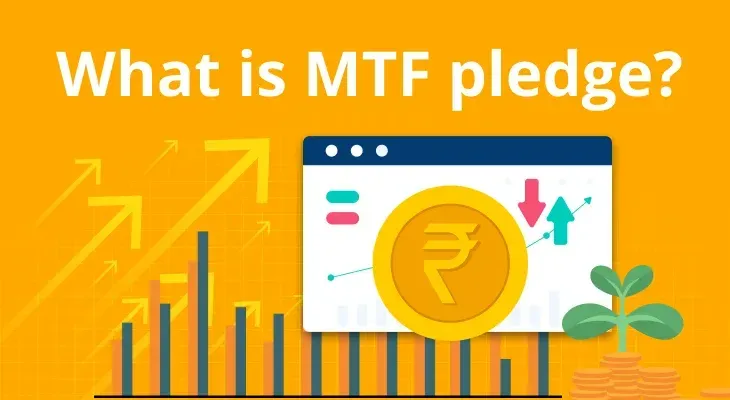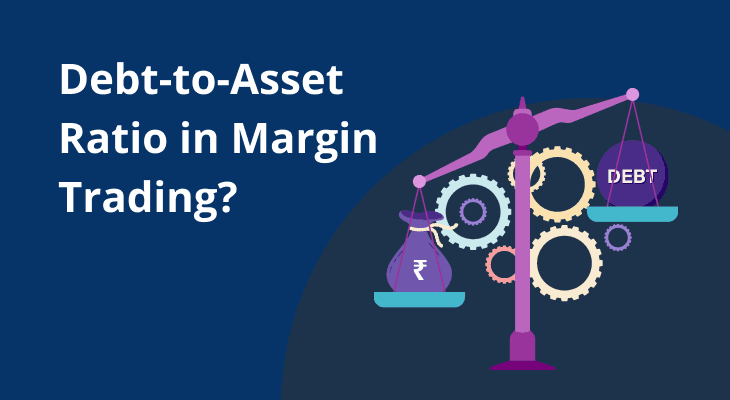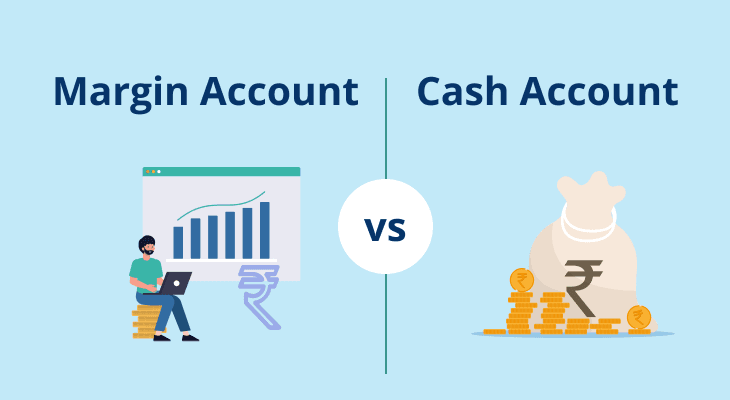
What is MTF pledge - meaning and process of pledging
Margin Trading allows you to buy shares by borrowing a portion of the required investment amount from the broker so that you don’t miss out on lucrative opportunities in case of insufficient capital. m.Stock, a trading and investment platform by Mirae Asset, offers up to 80% funding in more than 1,070+ stocks at one of the lowest MTF interest rates in the industry, starting @6.99% p.a.
As MTF is a borrowing facility, the shares purchased by you are pledged with the broker during the tenure of your investment. How does pledging work? Why is it important? What is post-pledge and pre-pledge? These are some of the questions we will be answering in this article on MTF pledge. But first, let’s quickly understand what is MTF?
What is Pay Later (MTF)?
Pay Later (MTF) is a delivery funding facility, meaning it is for equity delivery only (F&O is excluded). In this, your broker lends you funds against the margin or capital available in your trading account. In exchange for this funding, the broker charges interest on the borrowed amount.
Read Also: How does MTF work?
What is an MTF Pledge?
Since you are buying stocks using your broker’s funds, the purchased stocks are pledged in the name of the broker. As and when you sell these stocks, the pledge is closed, and you pocket the gains or losses. There are two types of MTF pledge:
a. Post-pledge
In post-pledge, you place a buy order post which CDSL (depository) will send you a pledge approval request by 9:00 pm on the same day (T Day). You have to approve the pledge request before 10:00 am (differs from broker to broker) on the next day (T+1 Day). If you fail to approve the post-pledge request within the stipulated time, your order will convert from ‘MTF’ to standard ‘delivery’ order, and you will be obligated to pay the entire amount on T+1 day. If you fail to provide the funds, your position will be squared-off and a penalty will be levied (it can go as high as 18%).
b. Pre-pledge
Since a lot of investors often miss out on pledging their stocks within a stipulated time period, m.Stock introduced the concept of ‘pre-pledge’. In this, you first pledge the stocks with the broker and post successful authentication of the pledge request, your buy order is processed. This way, you don’t have to deal with the repercussions of missing out on pledge approval.
February 2025 update:
Based on SEBI’s regulations on Direct Pay-out of Securities, the pledging of securities for Pay Later (MTF) transactions is now handled automatically. You just have to place your Pay Later (MTF) order, and the pledging will be handled by your broker (mStock) directly in the back end. You don’t have to use an OTP to authenticate pledging of stocks for your Pay Later (MTF) orders.
What is the need for MTF Pledge?
In order to maintain the MTF positions, one is required to pledge their stocks purchased with MTF.
By pledging the purchased stocks, the client continues to hold the position in their Demat account. It lends transparency and security to the overall process.
How to place and execute MTF orders with m.Stock?
You can place and execute MTF orders with m.Stock in 3 simple steps:
Login and in the order form, select MTF, enter stock name and quantity
m.Stock’s Pay Later (MTF) is a standout in the industry. because it gives you:
One of the lowest interest rates, starting @6.99%
Up to 80% funding
Access to 1,070+ stocks compared to industry average of 200-500 stocks
Unlimited holding period, as opposed to 1-year restriction imposed across industry.
The ability to calculate potential profits using the m.Stock MTF calculator.
Read Also: 12 reasons that make m.Stock’s MTF unique
So, if you want to grab lucrative stock market opportunities but do not have sufficient capital, avail m.Stock’s Pay Later (MTF) and get up to 80% funding at one of the lowest interest rates, starting @6.99% p.a.
FAQ
When is the position squared off under MTF?
The squaring-off process is triggered in case of two scenarios:
Failure to pledge the shares by the cut-off time i.e.,10:00 am on T+1 day.
Inability to maintain the margin requirement where the position will be squared-off by the RMS team any time after T+4 days.
What is the difference between MTF pledge and margin pledge?
Both MTF pledge and margin pledge allow you to borrow money to invest in securities. However, they are not the same. In a margin pledge, you pledge existing securities in lieu of getting a higher limit to buy more shares. The securities pledged could be stocks, mutual funds, bonds, etc. But in the case of margin pledge, you have to maintain sufficient cash balance in your trading account, basis which your broker will lend you the remaining funds.
Is pre-pledge better than post-pledge?
Yes, pre-pledge is any day better than post-pledge. In post-pledge, failure to pledge the securities before stipulated time (10:00 am on T+1 Day) can result in your trade being converted to delivery. When this happens, you are required to pay the entire trade value upfront. If you are unable to pay, your position will be squared-off and an 18% penalty will be levied.
What is the cost of an MTF pledge?
There are two types of brokerage charges associated with pledge. One is the pledge charge and the other is the pledge closure charge. m.Stock charges ₹25 per pledge request (under the lifetime AMC plan) and ₹32 per request under the quarterly AMC plan.


